
 Elliot Daly is becoming a recognised force both in the Premiership and the European Cup, and over the last two seasons he’s established himself not only as a leading Wasps player, but also a serious challenger for the England 13 shirt.
Elliot Daly is becoming a recognised force both in the Premiership and the European Cup, and over the last two seasons he’s established himself not only as a leading Wasps player, but also a serious challenger for the England 13 shirt.
Daly is a product of Whitgift School and the Wasps academy, and having played fly-half as well as centre and full-back in the early part of his career he is obviously a gifted footballer. However, the time comes when you have to select a particular position, as I discovered in the early part of my career.
I went through all my junior and Colts years as a fly-half – and when I joined Bath I thought that that’s where I’d be. So, I was not happy when they picked me as a centre, and it wasn’t until a number of games there that I realised I could play effectively at outside-centre.
It seems that Daly, at 23, has taken a similar route. He looks smaller than he is, which is 6ft and 14st 7lbs, but he is not big in the way that Manu Tuilagi and Luther Burrell are. That means he’s giving away poundage – but where he is superior is in speed, and in rugby at any level, pace can be a decisive factor.
If you are looking for pace in the centres in the Premiership then the two names that immediately come to mind are Daly and Jonathan Joseph – and right now Daly has established himself as the outstanding outside-centre and Bath’s Joseph is playing catch-up.
Daly’s other great attribute is his kicking ability. We’ve all seen the left boot cannon which enables him to kick long-range penalties – with 56 metres his longest so far – and while he does not have an 80 per cent success rate it is still a very useful weapon to have. In international rugby having a player who can goal-kick from as far out as Marcelo Bosch (Saracens and Argentina) or François Steyn (Natal Sharks and South Africa), means that you cannot afford to give penalties away anywhere from 45 to 55 metres out.
This can give you the tactical advantage of forcing the opposition to kick to you more, because they know that they cannot afford to give penalties away near the halfway line. In those circumstances you can plan your counter-attacking game with that in mind.
In terms of tactical kicking, Daly is also capable of making significant territorial gains by using a raking diagonal wiper kick. He usually does this as a left-footed kicker when he’s running right to left, because he mainly favours his strongest side.
The range of this skill set allows Daly to play in different ways because he sees the game in big dimensions in terms of breadth, length and height. That applies whether he is kicking for position, or whether he is shortening his runs in order to use his acceleration, or gliding to the outside to use the width of the pitch.
There are clear differences in style between Daly and Joseph. The main one is that Joseph takes the ball and then looks to make his mark by using his quick feet to stand-up a defender, so they are still, or wrong-footed. Then he uses his speed to go around them.
By comparison, Daly either tends to take a hard line coming inwards towards the gap, taking it early, or he lets the pass do the work and takes a running arc outside the defender, which is more of a gliding attack, which is what I used to do. This means he’s often letting defenders make their move, and when the ball beats them he’s in the right position to take advantage because he’s read the pass.
Joseph usually gets it and then decides what he’s going to do. Sometimes when JJ is in a gap he doesn’t always realise it’s there, whereas Daly will have seen the space already and be looking to go through it.
There is no right way, just different ways of making a break. Where Daly has made up his mind and anticipated the flight of the ball, Joseph relies more on footwork.
Daly will find that the closer he gets to the England side the more intense the scrutiny of his defence will be. However, it is important to understand that outside-centre is a lot more exposed defensively than those closer to the breakdown. Out in the wide open spaces it is very difficult to have an 80 to 90 per cent tackling success rate in the same way that a forward in the tight areas around the ruck can achieve.
A measure of the defensive importance at centre is that during Stuart Lancaster‘s time in charge of England, Billy Twelvetrees was seen as a guy who could make a difference at 12. However, it was dependent on his defence being as good as Brad Barritt’s, and when it wasn’t he couldn’t be picked.
It is more difficult at outside-centre because out of Tuilagi, Joseph and Daly, the Wasps player is the only one whose defence has not been tested at international level. Something very close to that will happen, however, on January 15 when Wasps go to Toulon in the European Cup and Daly will find himself face-to-face with a midfield of Ma’a Nonu and Mathieu Bastareaud.
That exposure, against players like Nonu and Bastareaud, will tell us whether Daly is ready for international rugby. If he succeeds defensively against Toulon he will be.
Daly will also know that he, and his Wasps team-mates, will have to be at their sharpest against a Toulon backline of World XV calibre with Bryan Habana, Drew Mitchell and Delon Armitage coming at them, and Matt Giteau pulling the strings.
On form, if the England team was picked tomorrow, Daly would be the first choice 13. He has earned that chance as part of a Wasps backline that has threats all the way along it. I like the balance of rammers and runners in a line that includes Joe Simpson, Jimmy Gopperth, Ben Jacobs, Daly, Charles Piatau, Frank Halai and Rob Miller.
You’ve got your rammers in Halai and Jacobs, as well as potent defence-denting forwards in Hughes, Ashley Johnson, James Haskell and Matt Mullan, and that creates space to liberate runners like Daly, Paitau and Miller.
The balance is superb, and Daly adds to it because of the quality of his linking and passing. I could see him playing at 10 because of his passing, whereas I cannot see Joseph doing that.
Wasps win over Bath last weekend was interesting because the ‘diamond’ shape used by Mike Ford’s side in attack is similar to England under Lancaster. The problem with it, as Bath are discovering, is that you cannot always engineer it so that you have the great fast-running handler you need at second receiver.
My view is that although a diamond formation is a worthwhile variation, you do not need it to be effective in attack. The best template is still quick ball, followed by fast running, accurate passing, and support runners off either shoulder.
Wasps seem to understand that principle, and for Daly to be as successful at Test level England will have to employ a similar style.
Eddie Jones will already know a good ten of his Six Nations starting fifteen, but, until he and Bath start performing, Joseph will be trading on past performances. Daly, on the other hand, will be trading in the currency of form this season.

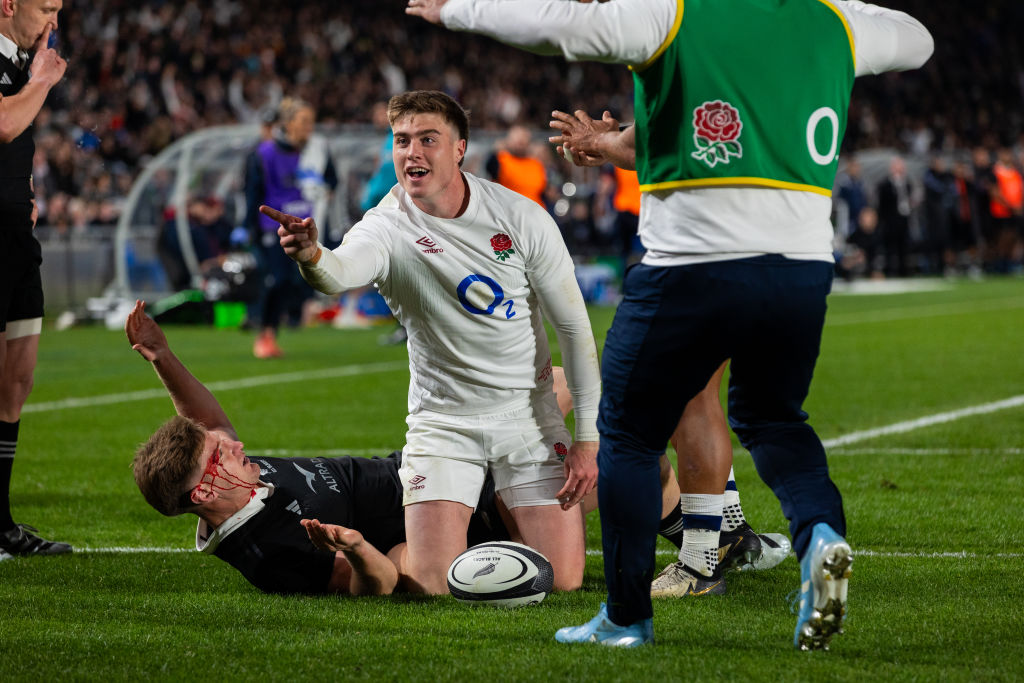
British and Irish Lions
From Leicester reject to a British and Irish Lion: Tommy Freeman’s stellar rise
Latest News
Steve Diamond: Franchise league a good idea

International Rugby
Touring Japan with Wales is my goal says Dan Edwards


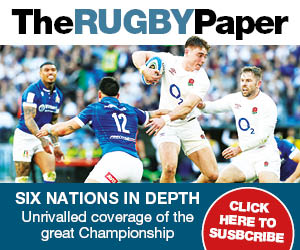

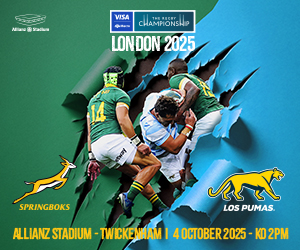


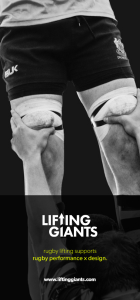










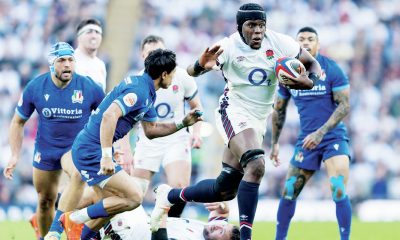



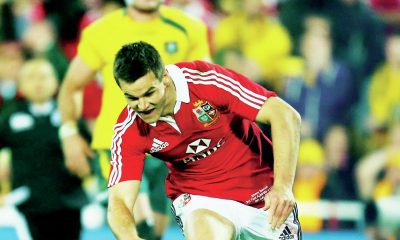

You must be logged in to post a comment Login